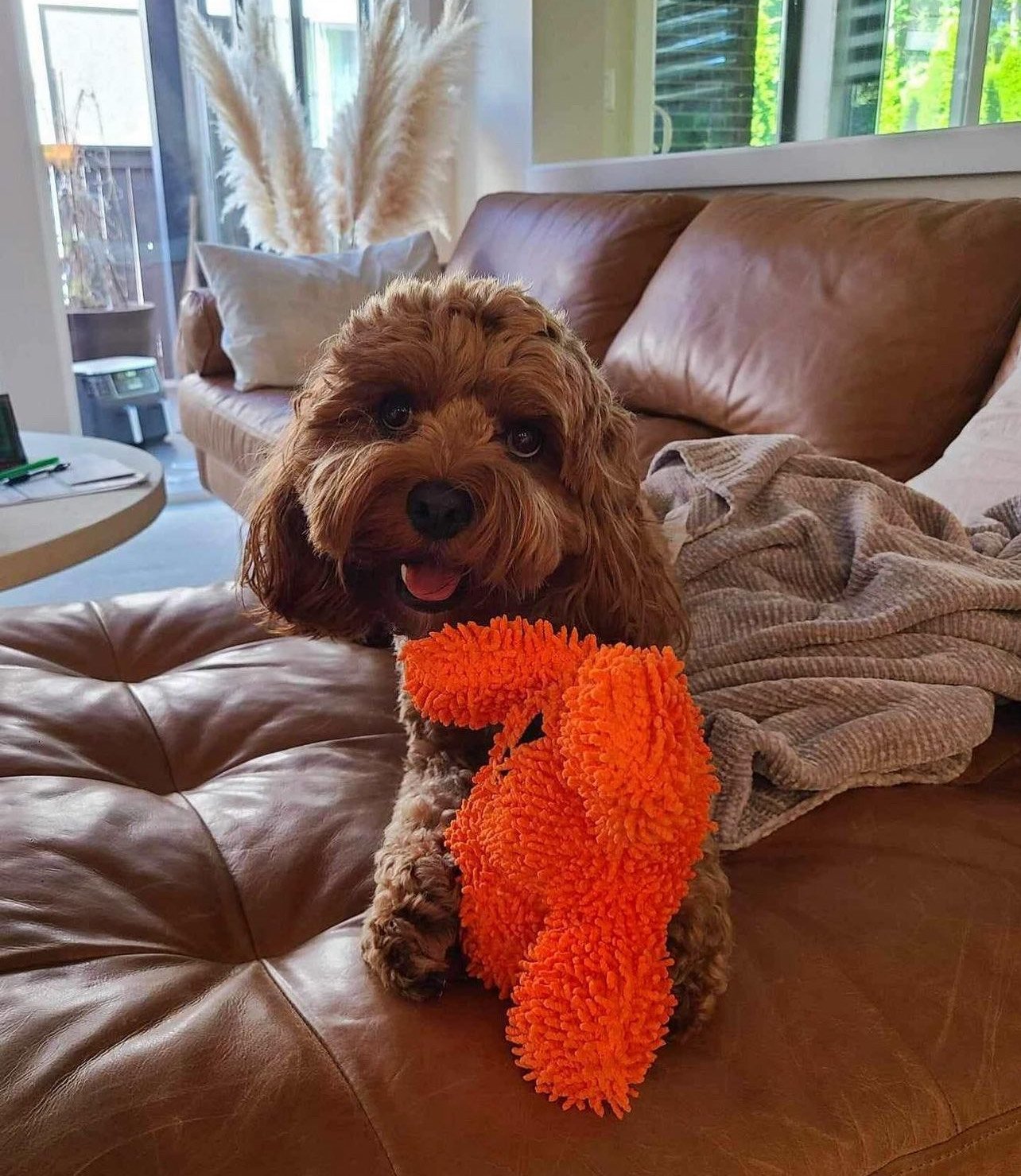Setting Healthy Boundaries With Your Puppy
Believe it or not, our furry family members actually benefit from having a set of rules to follow. Since they’re pack animals at heart, they will seek guidance on what to do and what not to do. They love being rewarded for following the rules. Hence the need to set healthy boundaries from the get-go, so they can know what’s good and what’s bad, and especially learning the spectrum of the expected and untolerable. Below is a list of boundaries that you can set with your puppy to avoid unwanted behaviors in the future!
No Table Scraps
As tempting as it can be when they’re just so cute, it’s not great to feed your pet table scraps. Their dog food is specifically curated to meet their nutritional and caloric needs. If supplemented with table scraps, our pets are smart enough to realize that if they don’t eat their kibble, they’ll get to taste the yummy human food.
Another reason not to feed table scraps is that it encourages our dogs to beg and/or bark for table treats. It can be incredibly frustrating when you’re just trying to relax and enjoy your meal to have your pet barking at your feet because they want a taste. After enough bites, they’ll come to expect and feel entitled to your food. Above all else, try not to encourage their behavior of begging or barking to get what they want.
The best way to get rid of unwanted behavior is to train a new behavior in its place. If you are able to train them to lay down during meal time, or even convince them that its nap time in the kennel, this part of your day become a lot more happier for all involved. Be sure to reward your pups’ good behavior when you’re done with your meal!
Chewing Toys
Sometimes this hurdle can be the hardest when welcoming a puppy into your home. Likely never being around common and fragile household objects like charging cords and articles of clothing, your pup will want to play with whatever they can get their mouth around. This is just how they explore and find out more about the world and their environment.
You can set a boundary with your pup about not chewing cords or socks by encouraging them when they play with something they’re allowed to. Getting access to fun toys that can keep their attention is the best way to discourage them from biting down on your cords— especially since cords are such a boring toy! Be sure to stay stern when you catch your pup biting down on things they shouldn’t. This is both for your safety and theirs as our pets are not able to distinguish what’s safe to chew on like we are. It’s all part of responsible pet parenting!
No DOgs on the Bed or Couch
This next one is totally up to personal preference on whether or not you want to enforce this in your home. My best advice here is that if you aren’t sure whether or not you want your dog on the bed, do not allow them on the bed until you’ve made up your mind. It’s easier to train them about the rules of the house when they’re getting used to everything, and so if you set the boundary after you’ve already allowed them to be up on the bed, they’ll just be really confused. It’s important to not allow exceptions to the rule.
In my own home, we allow our small hypoallergenic emotional-support-yorkies on our couch at home as it doesn’t bug my husband’s allergies, but we don’t allow our F1 Cavapoo, Quinn up on the couch. As much as we love her, we’ve set these ground rules to protect his allergies and also give our yorkies space to get away when they want space from her. Julie on the other hand, allows all of her dogs on the bed. Toy, Mini, Moyen, and Standard sized Poodles, it doesn’t matter! They love it, she loves it, and while she sometimes wakes up to an accident on the bed, it generally goes pretty well and she loves snuggling up with our furry family members.
Crate Training at Night
Crate training can be a huge undertaking for anyone adopting a puppy. The pups are being taken away from their mom and siblings and everything’s new, scary, and stressful. As awful as it sounds when you’re puppy is crying at night, crate training as early as night 1 with your pup is the way to go! Setting a regular bed-time is setting a healthy boundary for you and your puppy.
Crate Training is a lifetime skill. In order to get them used to this skill, you have to be consistent and regular with your schedule. Don’t encourage whiny behavior when they’re in the kennel. The last thing you want is for them to think that “Kennel + Whining = Attention.” Once they’re used to the crate, the whining will cease and you’ll have a happy puppy who’s used to the rules of the house. From there you can decide whether or not you want them to sleep in your bed or not. Overall, it’s easier to start them in the crate at night.
Puppies of the Week
Another week means another opportunity to shout out Ariana’s current litter of puppies with Rover! It’s been getting so much colder this past week, but this past Tuesday we were able to take Ariana’s puppies out into the grass again to play. They are so sweet, and little miss Abby keeps bringing me leaves while we’re out there. They love the space, they love to run, and most importantly, they’re so happy and friendly right now.



